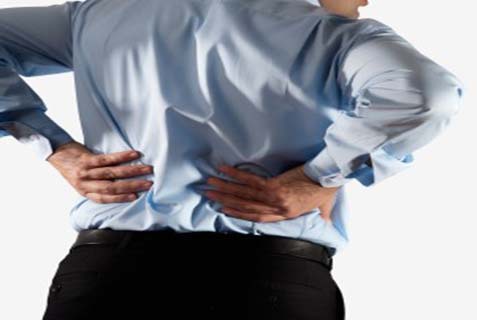Though many people believe in the connection between weather and health, the medical evidence is unclear. It’s not your imagination; the weather can cloud your health. Here’s what research reveals about the connection between weather and arthritis pain. A study from Tufts University in 2007 found that every 10-degree drop in temperature corresponded with an incremental increase in arthritis pain. In addition, relatively low barometric pressure, low temperatures and precipitation can increase pain. Two-thirds of chronic pain patients said they were pretty sure that weather seems to affect their pain. “Most of them reported that they could actually feel the changes even before the weather changed. In other words, they could feel some increased pain the day before weather changes.
Most people with arthritis or joint problems will suffer pain when the weather changes for the worse. It is largely due to the change in atmospheric pressure. Located in our joints are a lot of sensory nerves which are extremely sensitive to any changes to pressure. Cold weather will cause the linings at the joints to constrict, causing pain and discomfort to patients. Cold weather also restricts the circulation blood flow through the body. As a result, it can cause further inflammation in the joints. Another simple explanation is that during cold and wet weather conditions, movements are severely limited. Most of us will not feel like moving around. This lack of movement can cause our body to stiffen up and cause pain in the joints. The natural body mechanism also contributes to joint pain during cold weather.
Psychological Explanation
There are other possibilities for the apparent connection between weather and pain. For instance, many people may tend toward gloominess on rainy days, and that their bad mood may make their pain more difficult to bear. The possibility that psychology plays a role in shaping our responses to weather and pain doesn’t mean that the pain isn’t real or that weather isn’t having an effect. Numerous indirect connections that could be made between weather and health; for instance, might a gloomy day make people unhappy and stay in bed longer, causing them to feel more stiff?
Winters are typically associated with several types of body pains. Particularly, we’ve seen higher incidences of nerve related pain, joint pains and vascular pains during the season. Here, we bring simple ways to keep away these winter pains:
Important to keep yourself warm during winters: Clinical research has shown higher incidence of nerve – related, vascular pain and joint pains if your body is exposed to low temperatures for long periods. This is especially true if you are 60+. So, dress appropriately with body warmers, sweaters and jackets
Keep yourself physically active: Shorter days and cold weather outside reduces average activity levels. An average person walks up to 1,000 lesser steps in winters. To avoid pain in knees and other joints, it’s especially important to keep up activity levels. Try and take out time for walking in the afternoons or evenings, even if it is inside your house or office.
Take care of your diet: In winters, it is especially important to ensure that your intake of Vitamin D, Calcium and Vitamin B complex is adequate. Make sure that your diet remains rich in dal, green leafy vegetables (Vitamin B complex), milk (Calcium) and cheese and egg yolk (Vitamin D).
Get enough exposure to sunlight: Lesser exposure to sun causes Vitamin D deficiency during winters, which can result in fatigue, lethargy and general body pains. Make sure to get atleast 15-20 minutes of sunlight exposure.
Actively manage your diseases like diabetes and hypertension to have a pain free winter.
Visit your pain specialist if your pain continues for more than 2 weeks in winters. Be regular with your prescribed pain medications, but strictly avoid self-medication or over use of pain killers.
Read More: Winter, and Body Pain
Source: Greaterkashmir.com


